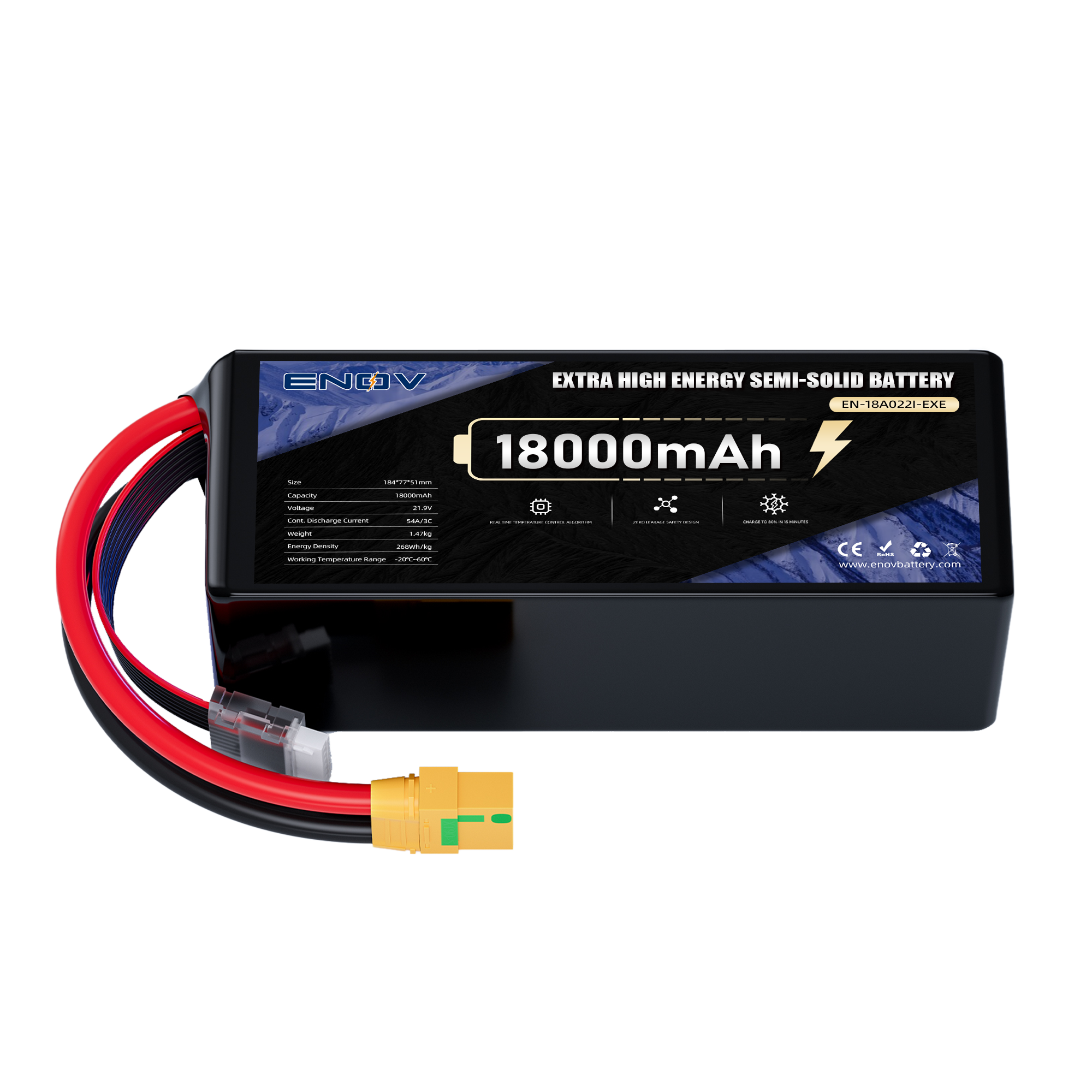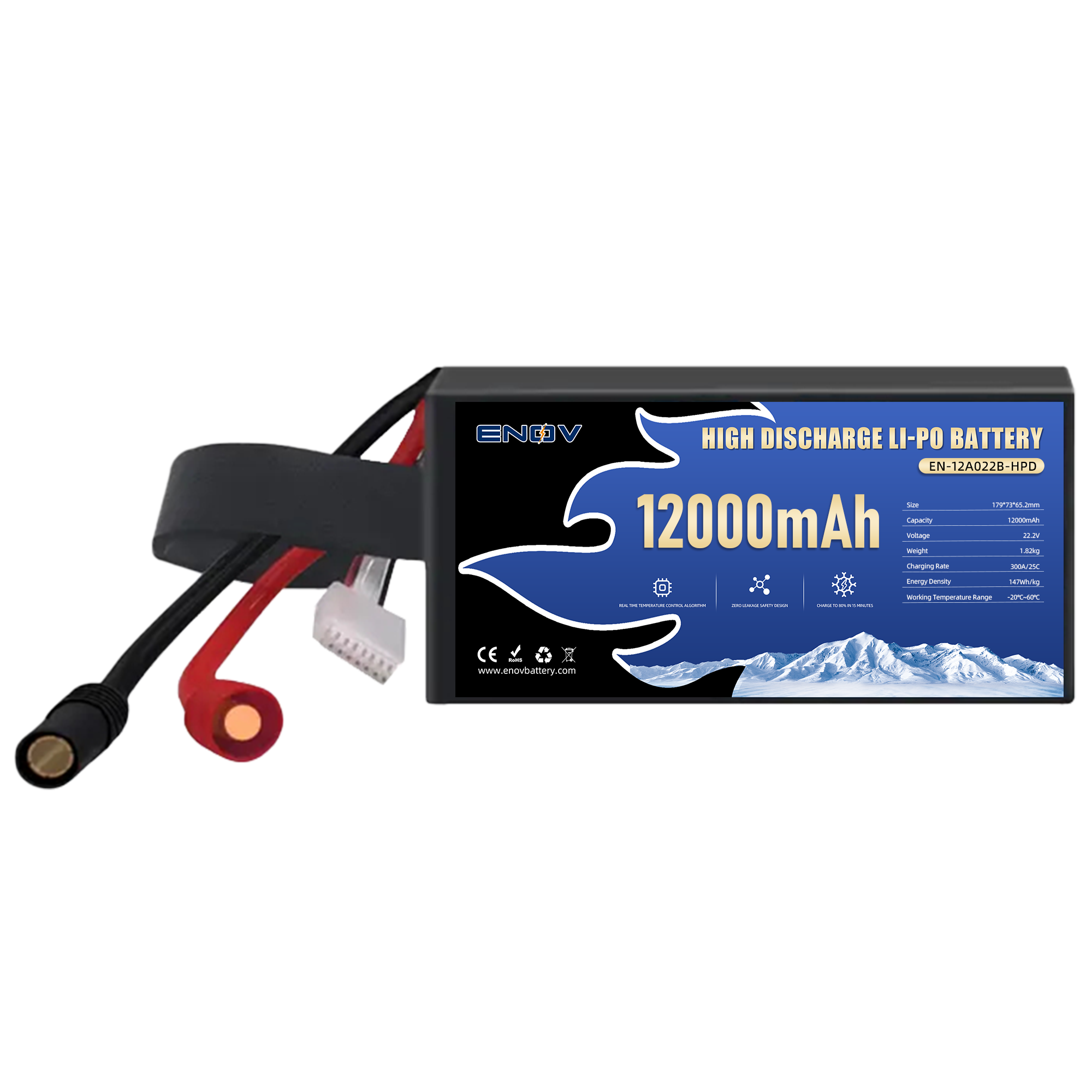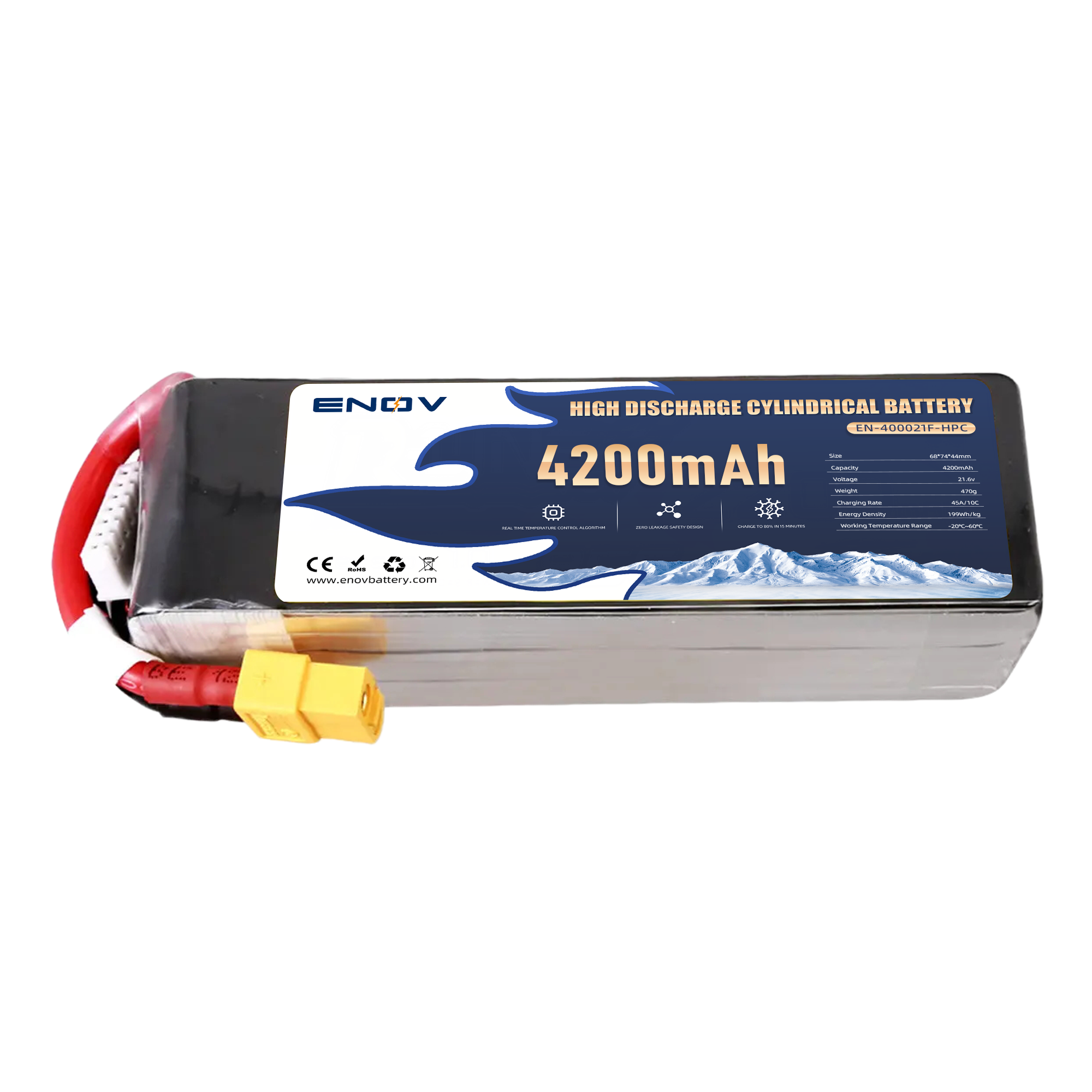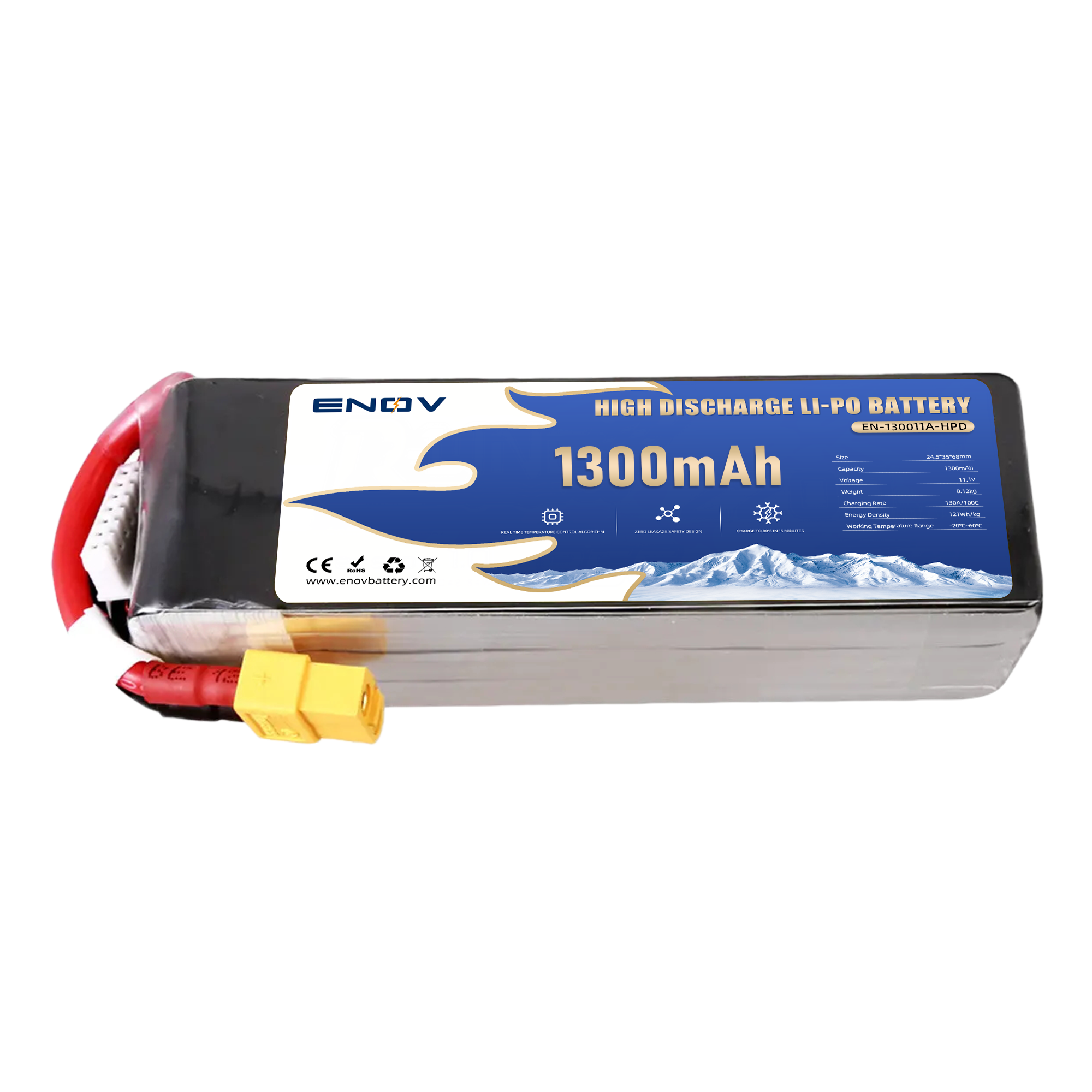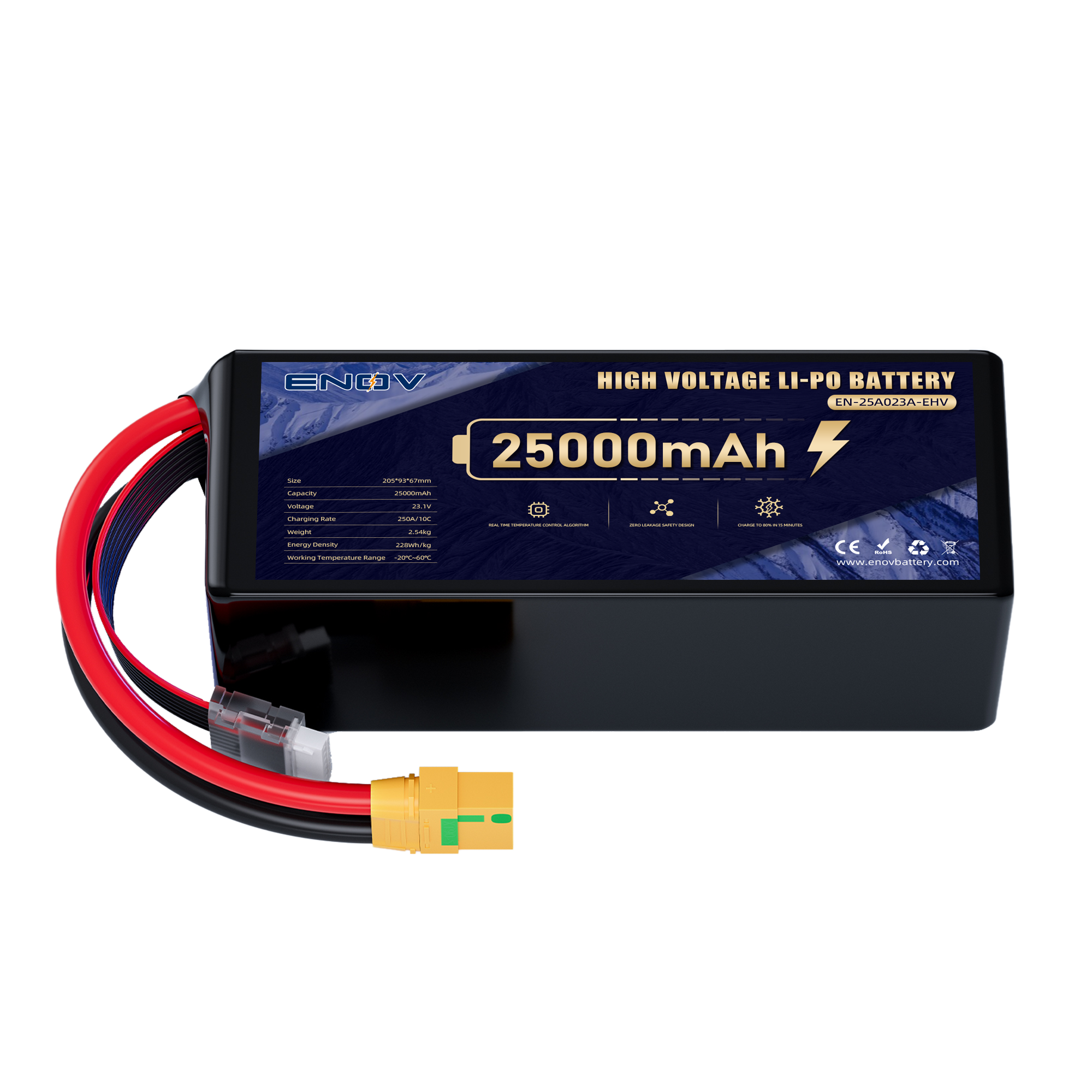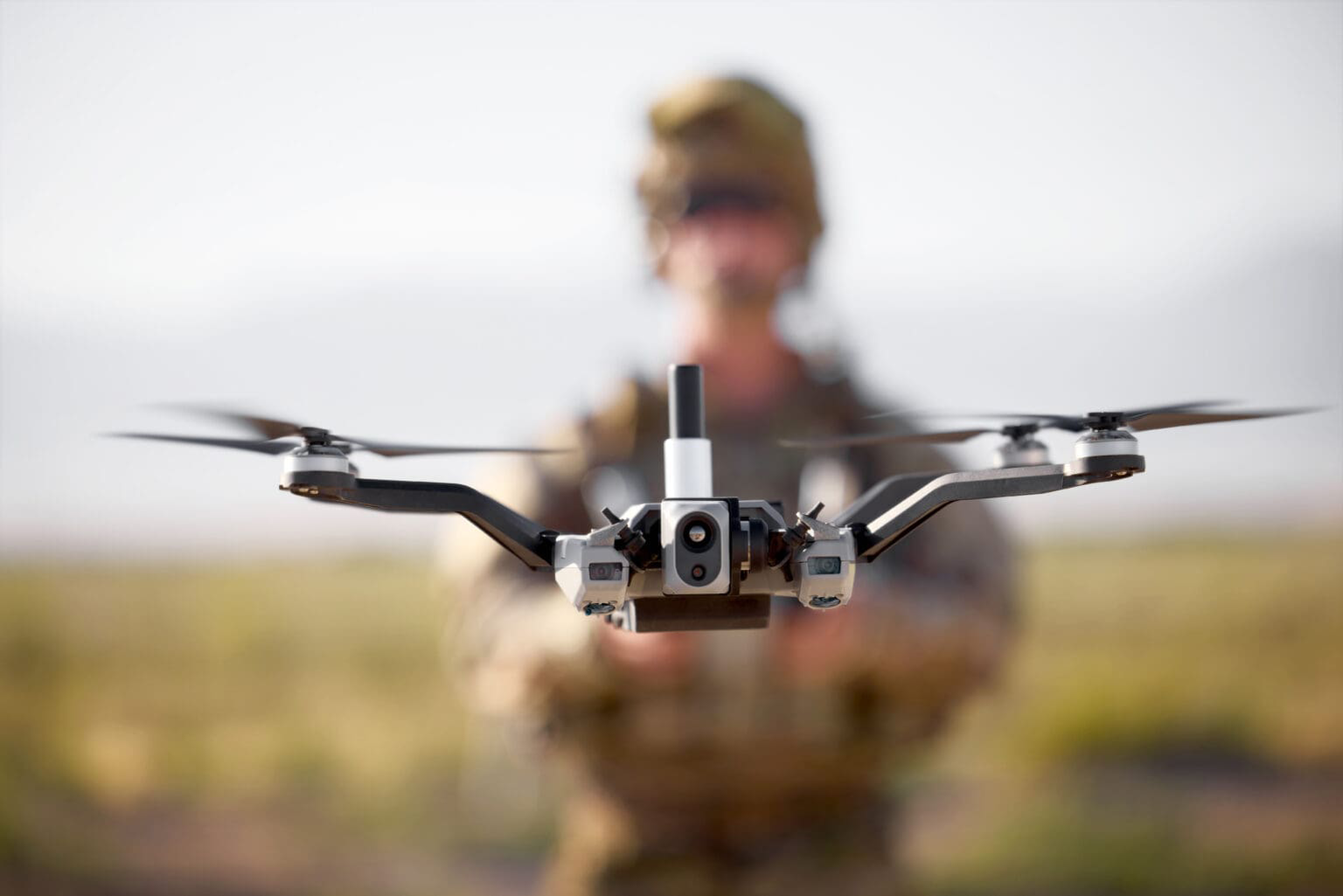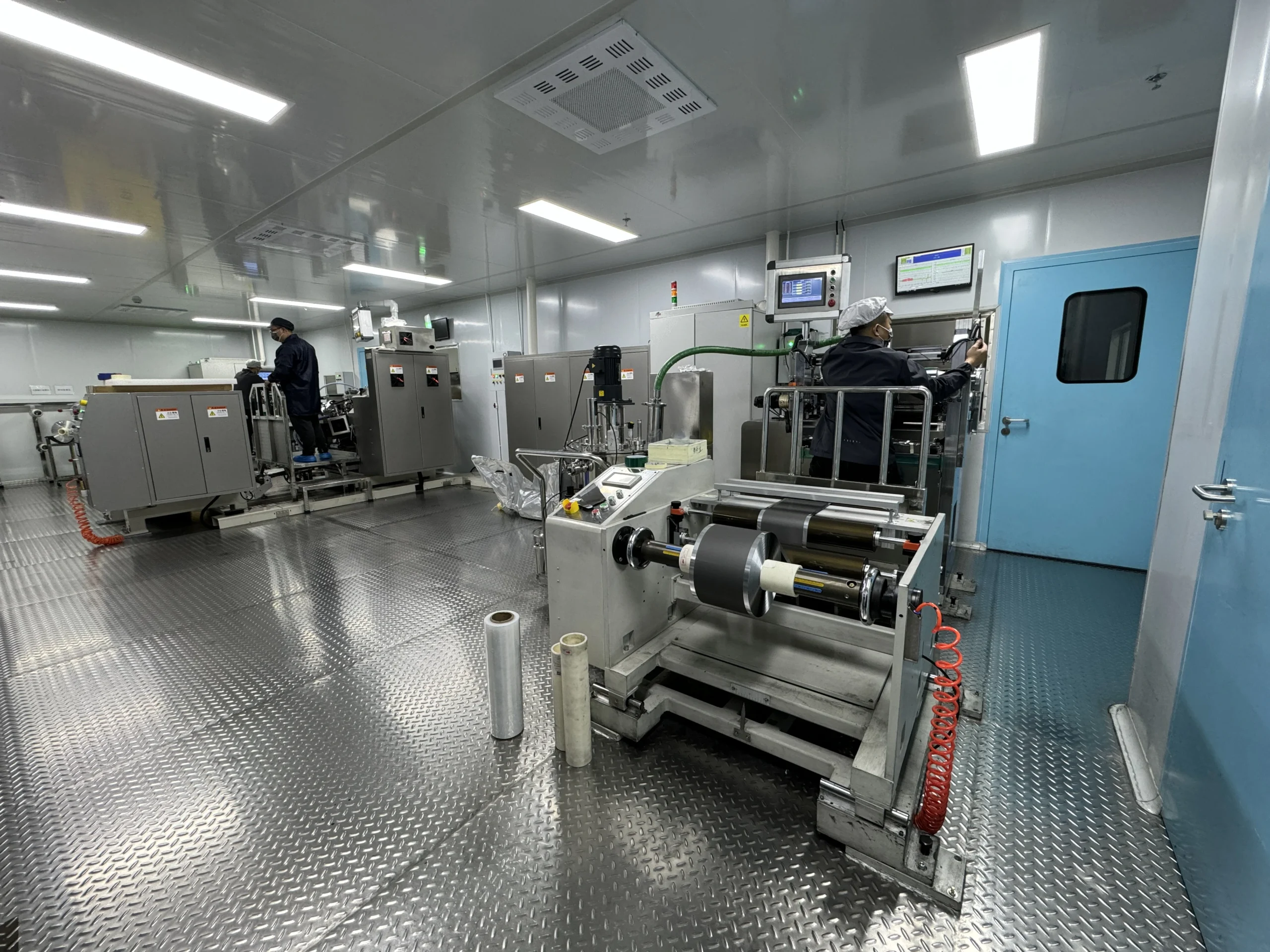Short Circuit Emergency Guide: 5-Minute Protocol for Smoking Lithium-ion Batteries
A smoking lithium-ion (Li-ion) battery signals imminent thermal runaway—a fire or explosion risk. Acting within the first 5 minutes is critical to minimize damage. This guide outlines emergency steps to neutralize risks and protect lives, equipment, and property.
main content
Step 1: Isolate the Battery Immediately
Cut Power: Disconnect the battery from the drone or charger.
Move Outdoors: Place it on a non-flammable surface (concrete, sand) away from people.
Avoid Water: Water accelerates lithium reactions—use a Class D fire extinguisher if flames appear.
Step 2: Cool the Battery Safely
Use Thermal Gloves: Transfer the battery into a metal container filled with dry sand.
Apply Cooling Pads: Place non-flammable cooling packs around the container to slow heating.
Never Submerge: Immersion causes violent chemical reactions.
Step 3: Monitor Voltage and Temperature
Check with Infrared Thermometer: Temperatures above 80°C require continued cooling.
Measure Voltage: A sudden drop below 2V per cell confirms severe internal damage.
Step 4: Quarantine for 24 Hours
Store in Fireproof Safe: Keep the battery isolated for 24 hours to ensure stability.
Inspect for Swelling: Bulging cells indicate residual gas buildup—handle as hazardous waste.
Step 5: Dispose Responsibly
Contact Professionals: Use certified e-waste recyclers—never discard in regular trash.
Document the Incident: Record details for warranty claims or safety audits.
Why Speed Matters
Thermal runaway escalates exponentially: a cell reaching 150°C can ignite adjacent cells in 30 seconds. For example, a smoking 4S battery might explode within 8 minutes if not cooled promptly.
Common Mistakes to Avoid
Using Water or Foam Extinguishers: Aggravates lithium fires.
Storing Indoors Post-Incident: Risks secondary ignition from lingering heat.
Attempting Repairs: Damaged Li-ion batteries are irreparable and unstable.
Conclusion
A lithium-ion battery short circuit demands swift, decisive action. Follow the 5-minute protocol—isolation, cooling, monitoring, quarantine, and safe disposal—to avert catastrophe. Prioritize preemptive measures: inspect batteries regularly and replace aged cells. Remember: safety always trumps cost in emergencies.
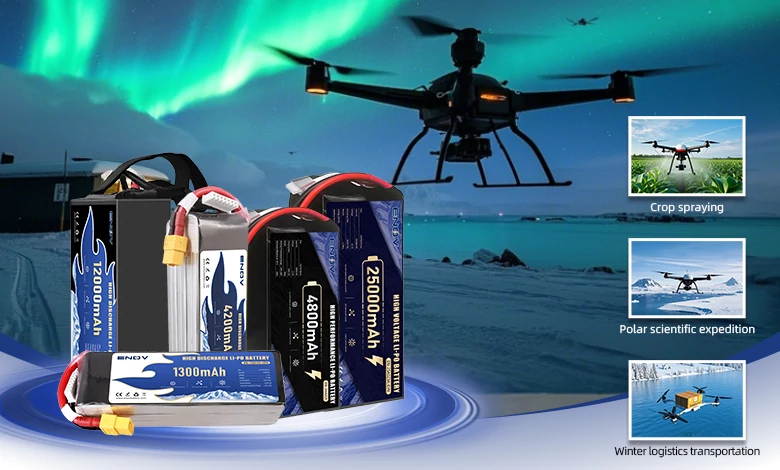
UAV DRONE battery
Enov UAV battery has the most advanced UAV battery new technology, it has a lightweight structural design, ultra-high energy density, stable continuous discharge, customized ultra-high instantaneous discharge, wide temperature working range, stable charge and discharge, battery materials can choose high nickel terpolymer positive/silicon carbon negative material system combined with semi-solid battery technology. Or choose a more mature application of more UAV lithium battery technology, available UAV battery nominal voltage 3.7V, capacity 18.0Ah ~ 30.0Ah, support 10C continuous discharge and 120C pulse discharge (3 seconds). With ultra-high energy density (220-300Wh/kg) as its core advantage, Enov UAV batteries can meet the needs of long-term endurance scenarios such as plant protection drones and transport drones, while maintaining stable emission performance in extremely low temperature environments (-40℃).
Other products
START-STOP LITHIUM BATTERY
LITHIUM ENERGY STORAGE BATTERY
QUICK INQUIRY
FAQ
Access to high frequency technical questions with one click, get accurate answers on product application, after-sales policy and customization process.
Service and Support
Get the latest product specifications, explore professional OEM/ODM customization services, click to open exclusive technical support and production solutions.
Become a Partner
We sincerely invite resources to interconnect, work together for win-win development, and immediately open a new chapter of strategic cooperation!
